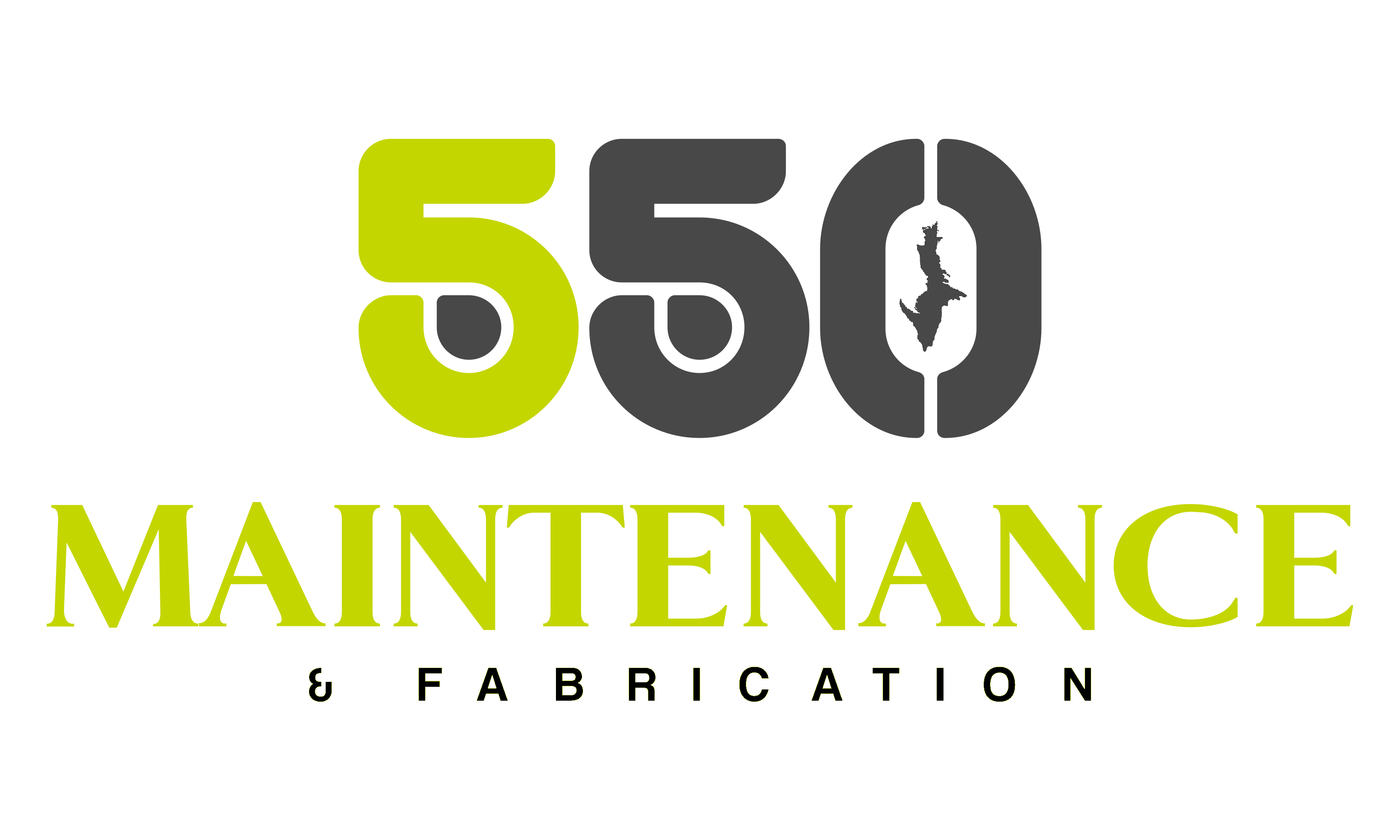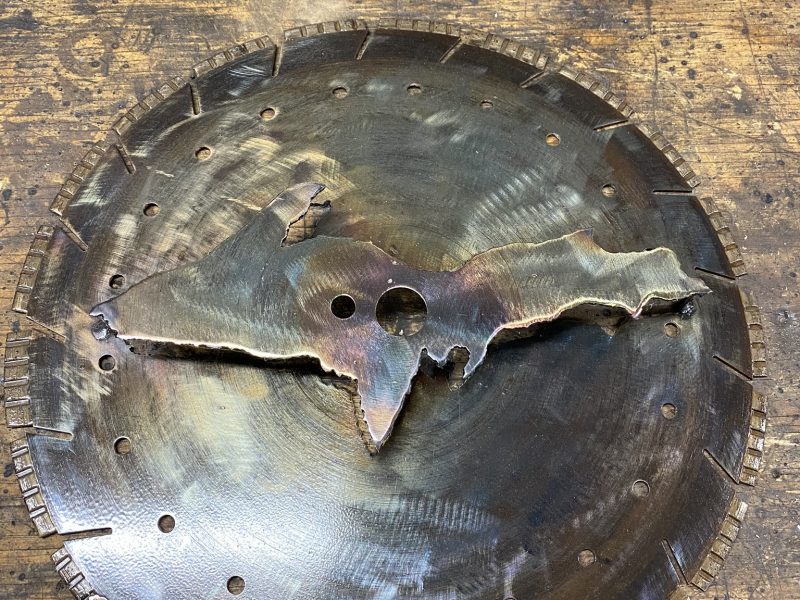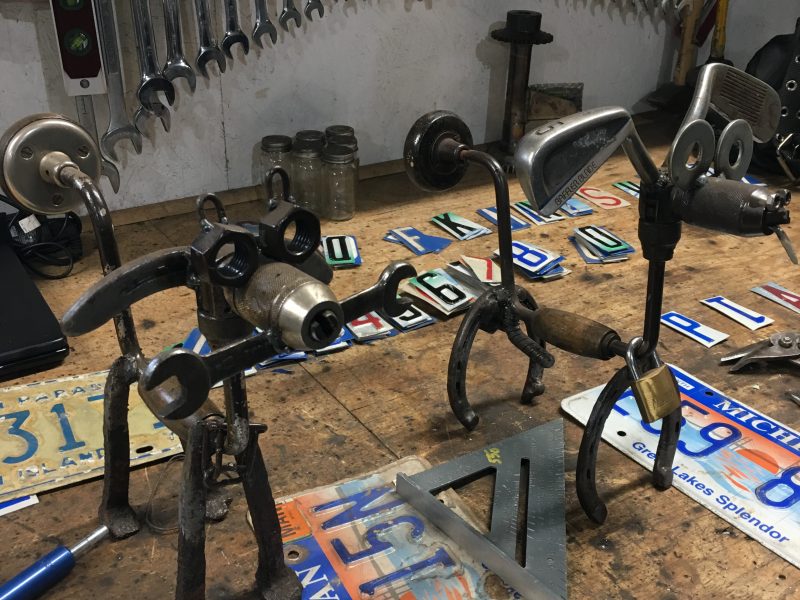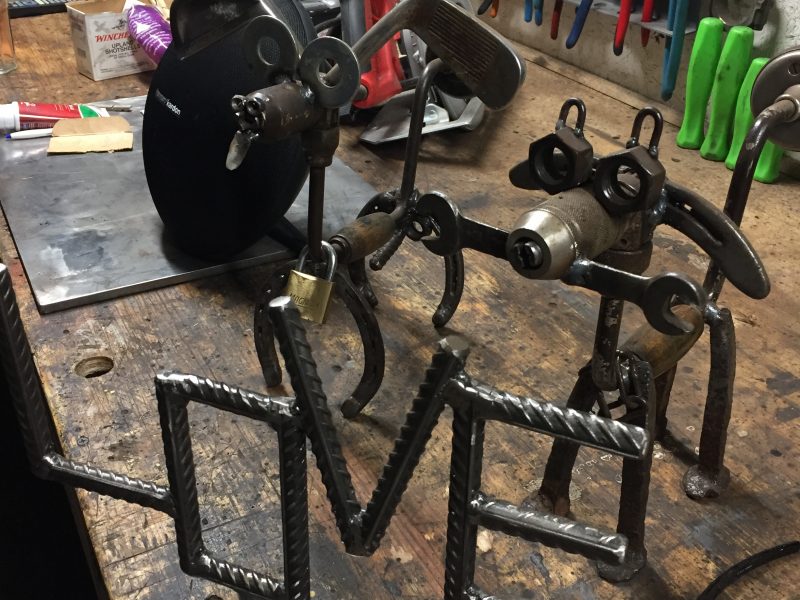Metal Fabrication
Metal fabrication refers to the process of manipulating and shaping metal materials to create various structures, components, and products. It involves a combination of cutting, bending, welding, and assembling metal pieces to achieve the desired form and function.
Metal fabrication is utilized in various industries, including construction, automotive, aerospace, manufacturing, and electronics. Examples of metal fabricated products include structural frames, machinery parts, piping systems, automotive components, appliances, and decorative items.
Skilled metal fabricators employ their knowledge of metal properties, fabrication techniques, and machinery to transform raw metal materials into functional and aesthetically pleasing products, often following detailed engineering drawings or specifications.



